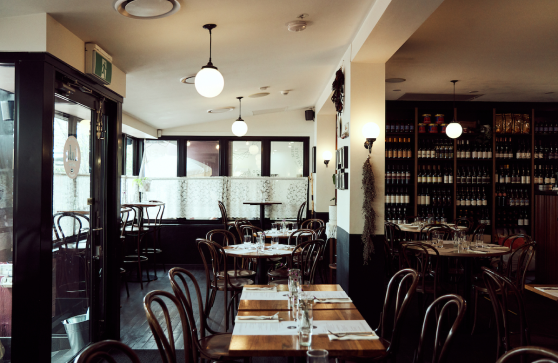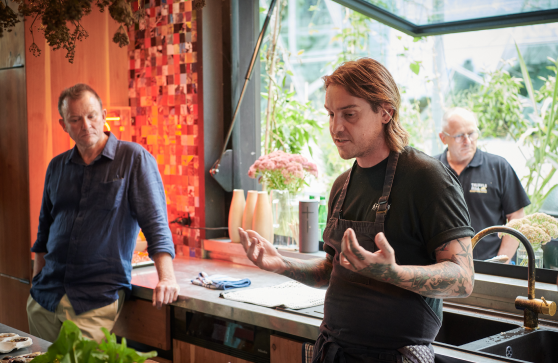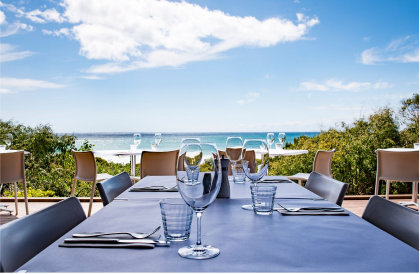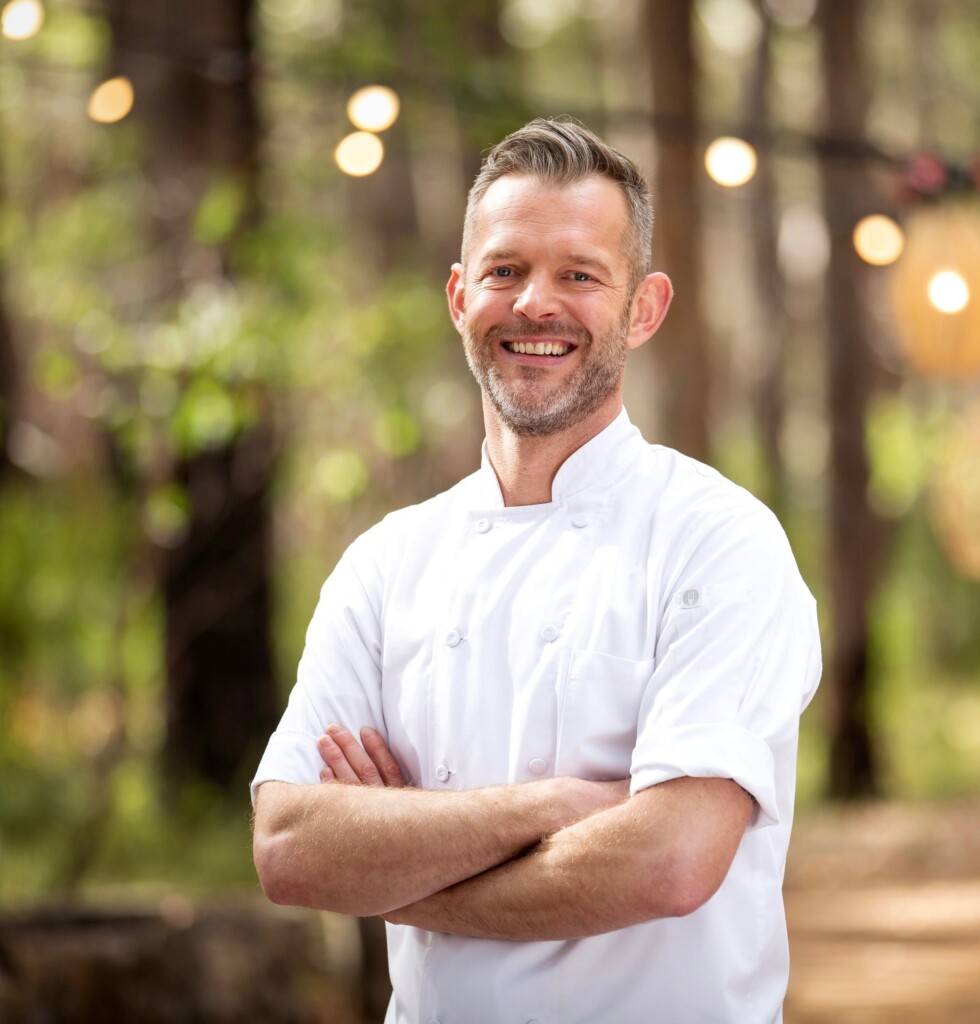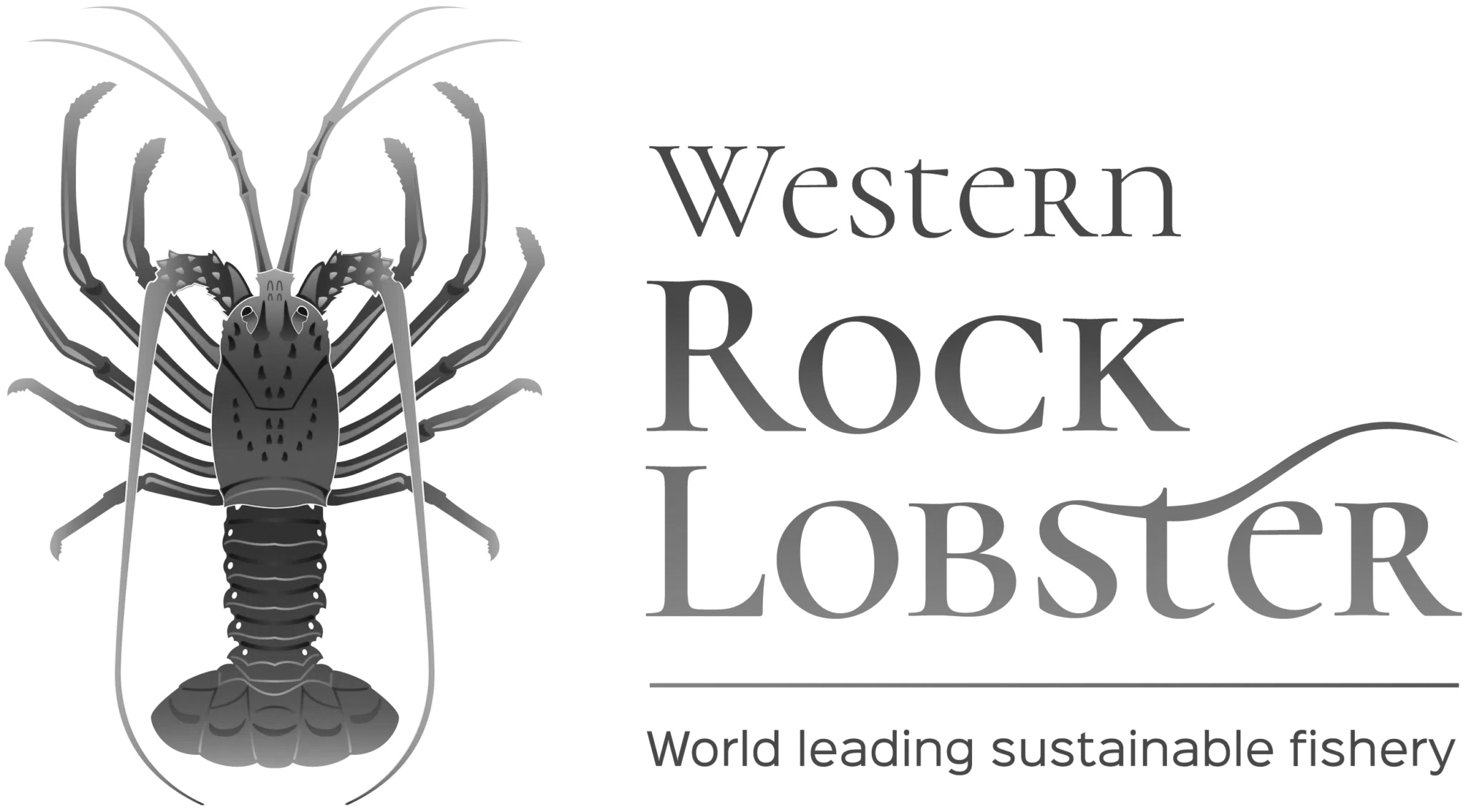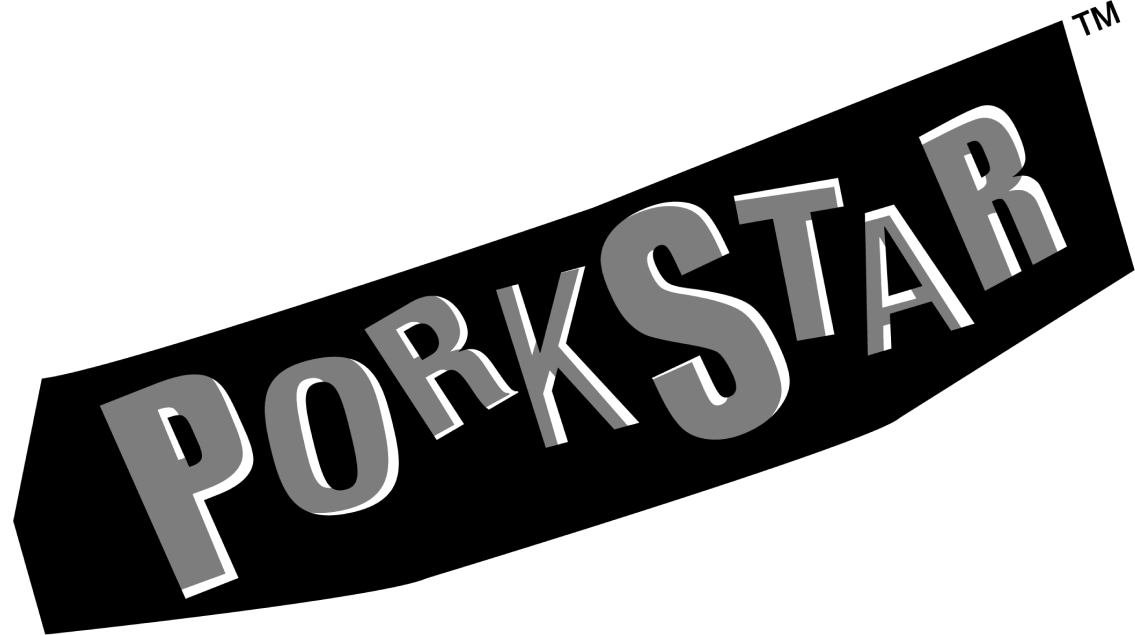As we approach our annual reviewing season, WA Good Food Guide editor David Matthews sat down to discuss what’s in store for this year’s edition, including bringing back stars and reshaping the Top 100.
What does the guide look like for this year’s edition?
This is the first year I’ve worked on the guide where the spectre of closures, restrictions and pandemics aren’t lurking in the same way they have been. We’ve always wanted the guide to evolve, and there’s no better time than now to move it forward and take a fresh approach.
So, is this a complete overhaul? No more rankings, and a totally new system?
Yes and no. The past couple of years we’ve presented the guide as a Top 100, ranked the whole way through. This was different from the past, where we had three separate lists, and a star rating for every venue. During Covid we lost the stars, but this year’s guide is when we’re bringing them back. We’ll also no longer rank venues from 100 through to 1, but we’ll still be celebrating a Restaurant of the Year, along with all our other award winners.
That’s a big change, so no more Top 100 at all, and stars are back?
We’ll still have 100 venues in the main restaurant guide, and remain committed to this being a range of venues, but they won’t ranked exhaustively. We’ve loved being able to shine a light on a range of different establishments in this way, but when every venue that makes the list is deserving of a place on it, and more importantly, deserving of our readers’ time, the difference between a place ranked number 65 and number 40 looks a lot bigger on paper than it might be in reality.
We’re in the business of recommending restaurants by drawing on expert advice, not in pitting restaurants against each other. Bringing back stars is how we’re going to do it.
Tell us about how the stars will work, and what the guide will look like.
From this year, all 100 venues in the guide have a chance to be awarded stars. As always, just being in the guide is acknowledgement that a venue is among the best dining experiences in the state, the stars are the icing on top. They’ll range from one to three, with one star a standout experience, two stars a level above, and three stars being reserved for the very best.
Our guide will be presented free online, as usual, but in print form we’re looking at ways to help readers navigate and find the best in whatever region they’re in. Expect a format that focuses on neighbourhoods and regions, with stars sprinkled throughout to indicate when something is taking things up a notch or three.

So there’s a few big changes, but what about the ethos behind the guide? Has that changed at all?Not at all. If there’s a mission, it’s to steer our readers – locals and visitors alike – to exceptional eating and drinking experiences throughout the state. If it’s worth your time and your money, it’ll be in there. And we’re taking the same approach with our scoring – apart from being judged on the quality of the food, drink, service, atmosphere and experience, a fundamental part of our scoring is in how a venue achieves what it’s trying to achieve, whether its hitting the standards it sets for itself.
In 2023, our readers understand that not every amazing dining experience needs to come with tablecloths or sommeliers or even table service. Why can’t a sandwich shop or a wine bar or a counter-service udon restaurant be judged on its own terms instead of being pitted against venues with million-dollar backing and a fine-dining philosophy. If it’s just as enjoyable for the reader (and eater) we want to tell people about it.
That’s been a fundamental part of the guide for the past few years: a commitment to including a range of venues and experiences without immediately deferring the top end of town. Why?
It’s about our readers. If you explore a city, even your own city, with a mission to eat and drink well, it’s rare that you’re booking in to fine-diners every lunch and dinner. If you’re in a new place, you might look for a good coffee, go to a bakery, stop for brunch one day, grab a bánh mì or a bowl of noodles for lunch, go to a wine bar for a snack and a drink, then head out to dinner. And yes, sometimes that dinner might be a tasting menu or you might book a rarefied lunch at a winery restaurant, but there’s a huge range in how you might eat and explore. We want our guide to reflect this.
I’m sure we have readers committed to trying every dégustation in the state, but we’ve got plenty more who want good food and drink to be a part of their lives every day. There are guides that are going to put fine dining and expensive dégustations alone on a pedestal, but that’s not how we do things because that’s not how people eat. It’s not philosophy, it’s just reality, and a delicious one.
With that in mind, explain to us how a venue like KCH – a tiny suburban casual restaurant that offers takeaway – could have the same number of stars as a restaurant like Wildflower, a celebrated fine-diner with a tasting menu?
I’m proud that we’ve been able to move in this direction. In our last guide Wildflower was number 9 and KCH was number 12, but we see both as equally deserving of our readers’ time, even if they offer vastly different things. KCH, a family-run Malaysian spot in North Perth is small, super casual and doesn’t have a liquor licence; Wildflower runs a tasting menu in The State Buildings built around the six seasons with a luxury fit-out and an incredible wine list. They’re fundamentally different. All our guide does is recognise that and judge them on their own terms.
The questions we ask centre around what they offer. Is Calvin Chong’s food at KCH the best interpretation of Kuching cooking and Malaysian staples in town? Does the option to BYO from the bottle-o across the street add to the experience? Does the atmosphere, supported by the scent and sounds of the woks, suit the place perfectly? It’s a yes on all counts. So that’s what we judge it on. KCH nails what it’s trying to do, in the same way that Wildflower nails the brief it sets for itself. And we think each deserve equal consideration.
Our readers get that, and if they read the reviews, they’ll get a sense of what to expect at both. Stars will reward those criteria, rather than be retrofit onto the fanciest diners in town – and likewise, those restaurants will be judged on whether they’re achieving what they’re setting out to do as well, whatever their budget or approach.
You know that we’ve got something very different planned for our awards night this year, can you tell us some more about it?
I’d love to, but it’s been all secret meetings and blindfolded site visits so far, which is to say that I’m a little in the dark about it. From everything I’ve heard, though, it’s going to be a complete rethink in terms of where we are and how we do it. I’m waiting for news as much as everybody else.
Tell us a little about the team. Any changes to the approach this time around?
Fundamentally our process is the same. We build our team, discuss the criteria and allocate venues as usual, with reviewers declaring any conflicts of interest and being reallocated if necessary. We review anonymously, pay our own way, and if we’re unsure about something, we discuss it as a team, and re-review when we need to.
In terms of the who, we’re incredibly lucky to be welcoming Besha Rodell, Matthew Evans and Matty Hirsch back to WA once again, and we’re thrilled to have Max Brearley reprising his role as contributing editor. Jessica Rigg, founder of The Local Tongue, is a powerful addition, adding to local powerhouses such as Ange Yang, Ai-Ling Truong or Martin Eade, who continue to gain experience writing for national mastheads, such as Gourmet Traveller, Broadsheet, with an exciting name or two still to be announced.
You do a few long reviewing trips a year for WA Good Food Guide. What are your plans this year?
I’ll be on the ground as usual doing my fair share – maybe more than my fair share – and all the extra visits and snacking and drinking that goes with it. We also make the commitment to review statewide, so that means trips out of Perth come with the territory. I made it to the Great Southern last year, along with the South West, and with every trip I’m discovering more producers, growers, bars, restaurants and pit-stops. Nothing like a mac and cheese pie from Mt Barker Country Bakery to bring you back to earth after one too many tasting menus.
Apart from the visits I’ll be doing for work, I’ll be looking to hit those lesser-known spots that do something special. I’m always craving the tofu fa from Walson Foods in Northbridge, I’m overdue for another visit to Suku in Fremantle for the gado-gado and I’ve got my eye on newcomers like Natasha Brownfield’s Teeter Bakery and Rachel Niall’s Tomorrow on Tap as leaders in their fields – these places mightn’t make our guide, but we’ll cover them in other ways throughout the year.
At the same time, seeing the progress on venues that had just launched during last year’s guide is always fascinating. I can’t wait to check in on the White Star Hotel in Albany, for example, or to see how a place like Twenty Seats or Alberta’s might have evolved. Wherever I visit, though, the thing that always stands out is how much the scene in WA improves every year, and I can’t wait to show it off with our next guide. I’ll also be at the awards night – wherever it is – handing out stars on stage with our MCs. It’s such a fun night and it’s always great to see the industry come together.
